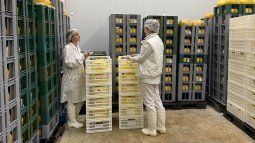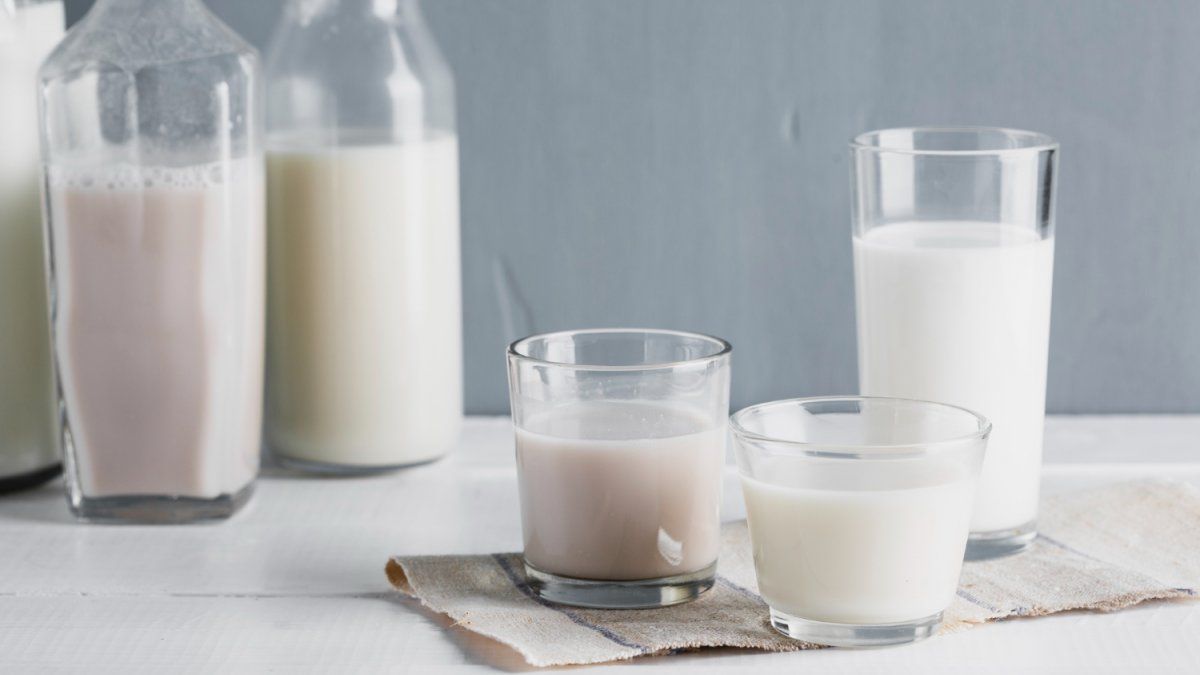Milk consumption falls as a result of the increase in sachet prices. Alarms go off due to the effect on the basic basket.
He milk sachet which is measured by the National Institute of Statistics and Censuses (INDEC) passed from $240 to $865 in Januarywith an average inflation of 259% annual increase in that product and almost 40% in the month. This increase caused consumption to fall 15% in one year, according to a report from the Argentine Dairy Chain Observatory (OCLA).
The content you want to access is exclusive to subscribers.
Only in January, milk increased 5 percentage points above inflation. And, according to the Consumer Price Index (CPI) report, the “Milk, dairy products and eggs” category was one of the categories that increased the most last year.


Less production and more import of milk
Likewise, according to OCLA, hThere was a 12.6% drop in milk production in January, while exports grew 10%. This would indicate that dairy farms are allocating more and more production for sale abroad, which also contributes to an increase in the price of milk in the country.
So, the sachet costs $842 in Buenos Aires$843 in the Pampas region, $827 in the Northeast, $842 in the Northwest, $890 in Cuyo and $946 in Patagonia.
He Milk consumption fell 15% in one year product of the inflationary stampede. Due to the increase in prices, many people had to give up the consumption of pasteurized milk, as reported and this is a very negative fact for the diet of Argentines, given that it is a basic food for the development of children and the incorporation of calcium in the diet.
Source: Ambito




